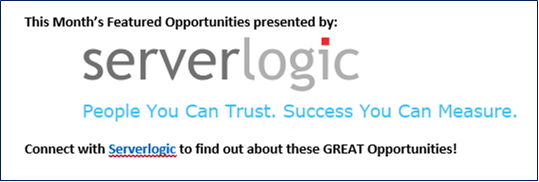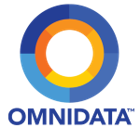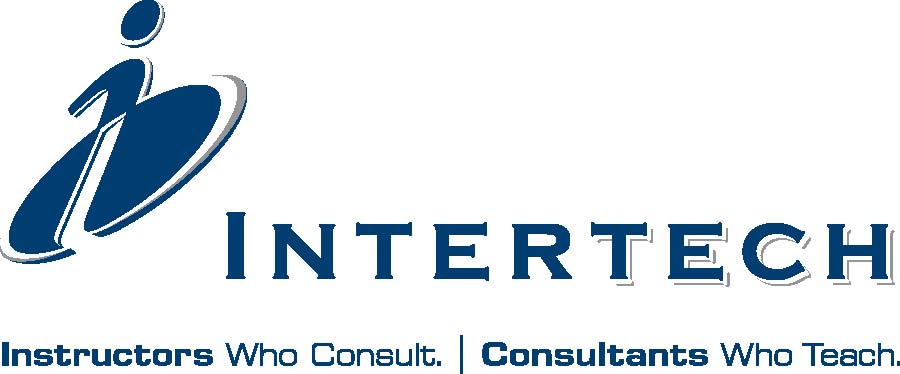Oregon SQL Special Event, June 26 : SQL Server 2008 Migration Workshop
6:00PM – 6:30PM social | 6:30PM – 8:30PM meeting
Michael Wall
Azure Best Practices for Lift and Shift into a Hybrid VM in Azure
Going to the Cloud can be a very scary proposition for most companies, but a lot of your fears can be mitigated as long as you prepare for the experience. Come learn with me and learn from my experiences as we cover the preparatory steps that can be taken to improve the initial experience. After that, we will be listing out the general tasks that need to be setup in order to maintain an expected level of performance. Next, we will be working on how to improve performance on an existing hybrid VM running SQL Server. Finally, we will discuss some of settings and roles that you will want to have in the Azure Portal to allow you to monitor your well-performing Azure instance. Bring your questions!
Note, this session will exclusively deal with issues on a hybrid VM running SQL Server in Azure. We may cover general issues that affect SQL Azure instances such as storage issues.
 Michael Wall has been a Database Administrator since he was asked if he wanted to be one after successfully managing the Y2K upgrade project on over fifty UNIX servers. Immediately thrust into a major Oracle upgrade project, he has since then managed multiple challenges and now is the sole DBA for a global food processing company responsible for both SQL Server and Ingres databases.
Michael Wall has been a Database Administrator since he was asked if he wanted to be one after successfully managing the Y2K upgrade project on over fifty UNIX servers. Immediately thrust into a major Oracle upgrade project, he has since then managed multiple challenges and now is the sole DBA for a global food processing company responsible for both SQL Server and Ingres databases.
He was honored to speak at PASS Summit in 2018 and hopes to have the experience again!
He is currently very active in his SQL Server community (PACNW) both as a presenter and assisting with multiple SQL Saturdays. Having experienced the Power BI community, he has now gone back to basics and is working with his VAXen at work again.
Matthew Tieman
Designing a Polymorphic Data Warehouse (Part 1)
Polymorphism has long been a key central concept in object oriented programming, but has generally not been thoroughly approached in the data area. During a recent project, I had the chance to design a data warehousing solution that became quite polymorphic. It required uniform reporting of multiple insurance lines of business that had fundamental similarities but which extrapolated out from each other dramatically. In this first talk in a series, I will walk through how I used a data vault pattern and other OOP design patterns as the basis for this architecture.
 Matthew Tieman is presently a freelance data architecture consultant working in the Portland area, and a recovering New Yorker and C++ programmer. He has been working with various forms of relational databases since the late 90’s, in various industries including software development (packaged & SaaS), hedge funds, investment banking, health insurance, and, most recently, property & casualty insurance.
Matthew Tieman is presently a freelance data architecture consultant working in the Portland area, and a recovering New Yorker and C++ programmer. He has been working with various forms of relational databases since the late 90’s, in various industries including software development (packaged & SaaS), hedge funds, investment banking, health insurance, and, most recently, property & casualty insurance.
Refreshments graciously provided by ServerLogic.
We wish to acknowledge the OSHU Information Technology Group for supporting Oregon SQL by generously providing the meeting venue.

 Don’t miss this meeting!
Don’t miss this meeting!


